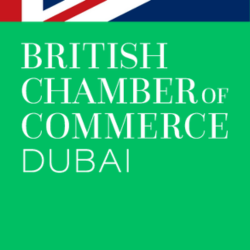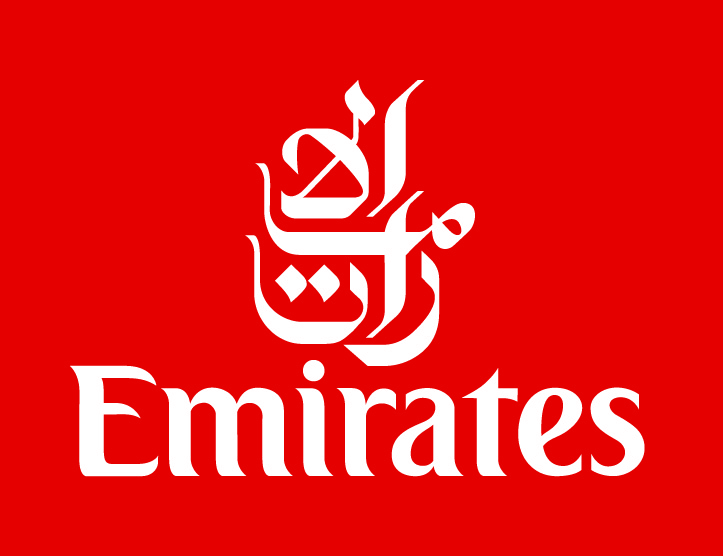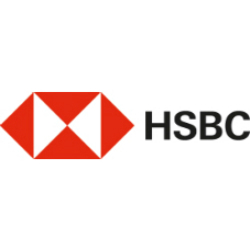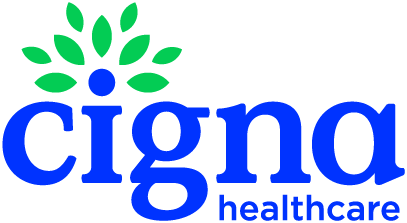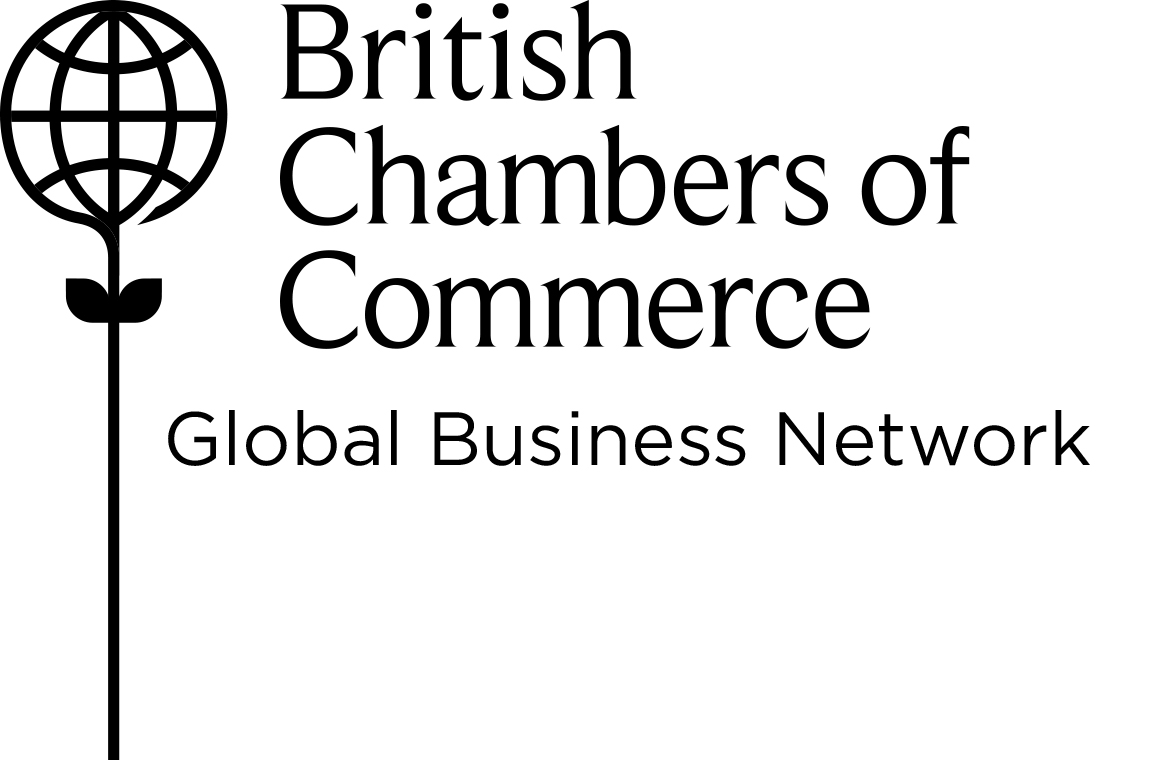The Economic Cycle - no such thing as financial botox?
Date Posted:Thu, 2nd Aug 2018
5b628b4bb60f8.jpg)
By Andrew Mortimer, Deputy Chair
Economic cycles don't just happen they are a by-product of either a major seismic event, for example a war or a financial crisis, or by the Central Banks applying the brakes to slowdown or speed-up an economy, by using monetary tools such as interest rates or more extreme measures such as a currency devaluation. If we look at the events over the last decade, post the financial crisis, we have seen these monetary tools applied to help stimulate growth, with historic low or negative interest rates and the application of quantitative easing.
These stimulants have supported a steady growth of the global economy combined with an absence of much volatility either in stock or currency markets. However this environment has meant the "chase for yield" has been challenging which as a consequence has allowed less creditworthy corners of the economy to have access to cheap funding as cash becomes more readily available and lenders more prepared to lend. These facilities will soon become the "economic wrinkles" across global economies, becoming more prominent as the dollar continues to strengthen and global interest rates start to creep upwards in response.
Global wage increases are on the horizon as developed countries start to experience historical record employment levels and governments start to reverse their decade long austerity measures, all of this will create inflationary pressures which Central Banks will seek to manage through higher interest rates. This is where the "rubber will hit the road" and the absence of "financial botox" means the wrinkles will become even more pronounced and overstretched borrowers and careless lenders will soon become very exposed.....be warned, the hazard signs are there, whilst there is no need for immediate concern, we need to be mindful that the cycle is only going one way!!!!

